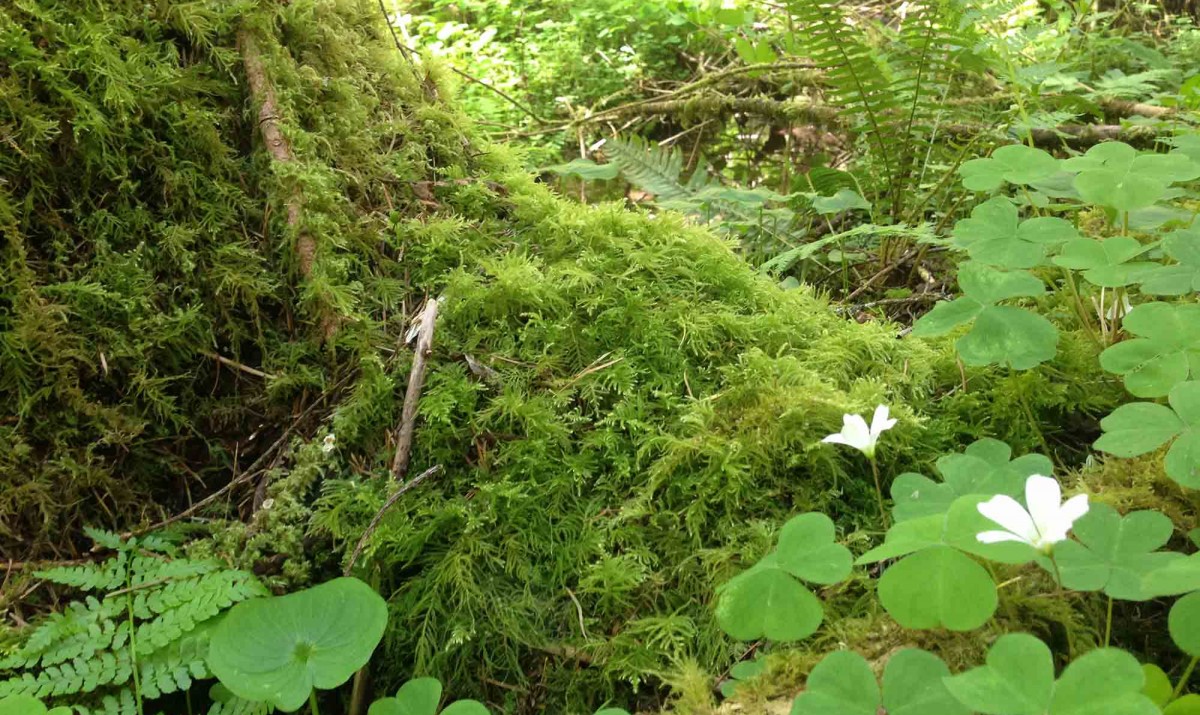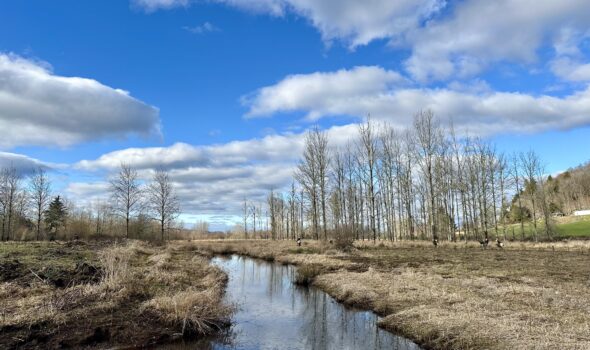The Big Picture
Located in the tidal floodplain of the Columbia River Estuary, the 15-mile-long Elochoman River is known for its runs of steelhead. Once upon a time, this area was defined by Sitka spruce swamps, complex forests, and tidal wetlands—a dynamic, water-rich place filled with wildlife. We began working here in 2004 when we purchased 185 acres along Indian Jack Slough and Nelson Creek. Since then, we’ve been restoring wetlands and forested areas, bringing back the Elochoman River’s native habitat and its wildlife. On Indian Jack Slough, we’re restoring a former poplar plantation for Columbian white-tailed deer, waterfowl, and many other species.
Why It Matters
The Elochoman River provides habitat for many imperiled species in the Northwest, including threatened steelhead, marbled murrelet, and the endangered Columbian white-tailed deer. The presence of these species means that the Elochoman area has strong restoration potential. Consider our work on Indian Jack Slough: Egg mass surveys show amphibians—critical indicators of ecosystem health—have returned in great numbers. We’re working to execute new large-scale restorations projects, among them, adding a culvert that will allow juvenile salmon to reach historic rearing habitat.

